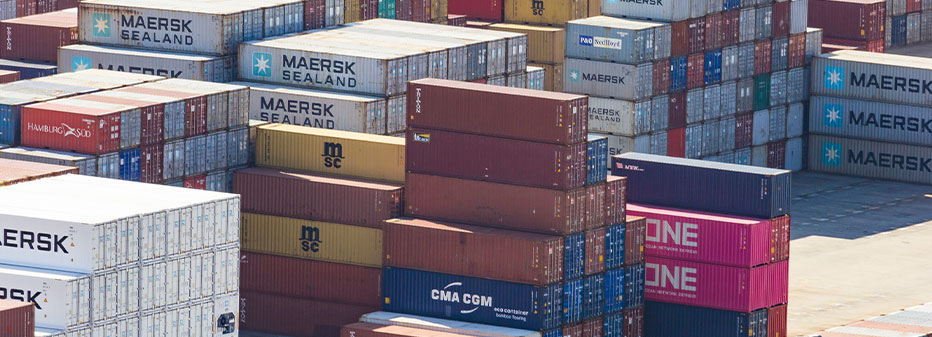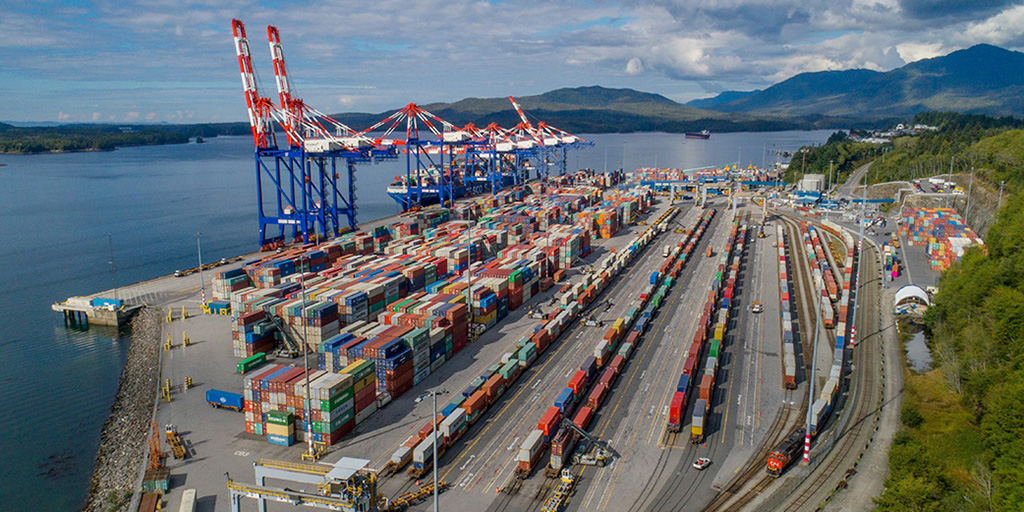English
Search
The "Regular Sea" service to Canada is more accurately described as a Sea+Train+Truck service. It strikes the perfect balance between speed and cost. If you're not in a rush to replenish your inventory but still want a reliable shipping schedule, choosing Regular Sea is a wise option. Unlike Economical Sea Freight, most Regular Sea shipments are less likely to encounter delays such as being dumped and loaded onto the next available voyage. This is because the shipping companies involved in Regular Sea generally offer more stable container availability and ocean freight services compared to Economical Sea Freight.

In the e-commerce cargo transportation market, the majority of freight forwarders (FF) offering regular sea services to Canada route their shipments to the country's west coast. The majority of cargo traditionally goes to the Port of Vancouver. However, over time and continuing into 2024, Prince Rupert has also become a highly sought-after destination. This is because Prince Rupert serves as a transshipment hub, with most e-commerce cargo ultimately bound for Toronto. Additionally, Prince Rupert is 436 miles closer to Shanghai, China, compared to Vancouver, saving approximately 36 hours of travel time. Therefore, shipping sea freight to Prince Rupert and then transporting it by rail to Toronto has become the primary route for Regular Sea services.
This means that although regular sea to Canada is classified as part of ocean transportation, it actually involves two distinct stages in the door-to-door process. First, there is the ocean freight to Canada's west coast, followed by a train journey to the densely populated Toronto area. From the point of arrival to the final destination, several complexities arise. A critical factor affecting the delivery speed within Canada is whether your cargo is sorted at a warehouse on the west coast or the east coast. The sorting speed significantly impacts the overall delivery timeline. Moreover, the rail transport following the sea voyage can sometimes take up to 14 days. In the next section, we will introduce Fast Sea and discuss the ERS (EXPEDITED RAIL SERVICE), a fast service offered by the Canadian railway system.

It is important to note that the maritime shipping market in Canada is relatively complex and less stable in terms of timeliness compared to the United States. Shippers and logistics providers must closely monitor market dynamics and various factors that could affect cargo delivery. Only with thorough preparation and planning can they maintain a competitive edge in the Canadian maritime market and ensure timely and efficient delivery of goods to their destinations. The main factors contributing to the instability of Canadian maritime shipping schedules include:
#1. Shipping Line Port Skipping/Changing: In the maritime industry, shipping lines may alter their schedules for various reasons, leading to changes in the originally planned port of call. This situation is more common in Canadian maritime shipping at certain times. For example, the OOCL voyage OPNW initially scheduled ports in the order of Yantian-Kaohsiung-Vancouver-Seattle. However, in mid-2022, the order changed to Yantian-Kaohsiung-Seattle-Vancouver. Port changes can impact the shipping timeline as cargo needs to be reloaded to accommodate the new route and schedule.
#2. Port Congestion at Destination Ports: This occurs when cargo reaches the destination port but cannot be promptly unloaded and cleared due to various reasons such as seasonal factors, traffic congestion, labor shortages, and outdated port equipment. Such delays can lead to additional storage costs and negatively affect the normal operation of the supply chain. Furthermore, some shipping lines like Evergreen, Maersk, or Yang Ming may experience prolonged anchorage times outside Vancouver due to their lower intermodal priority with Canadian CP/CN railways, causing further delays.
#3. Shared Vessel "Container Offloading": In shared voyages, due to limited vessel space, if the number of containers exceeds the vessel's capacity, the shipping line may offload the excess containers to the next available ship. This can result in delays and additional transshipment costs.
#4. Slow Rail Transshipment: Slow rail transshipment in eastern Canada is another factor affecting timeliness. Shipments bound for eastern Canada (Toronto and Ottawa) need to be transshipped via rail from Vancouver. During peak seasons, the high volume of rail transshipments can lead to long waiting times to board trains, with delays of up to a month.